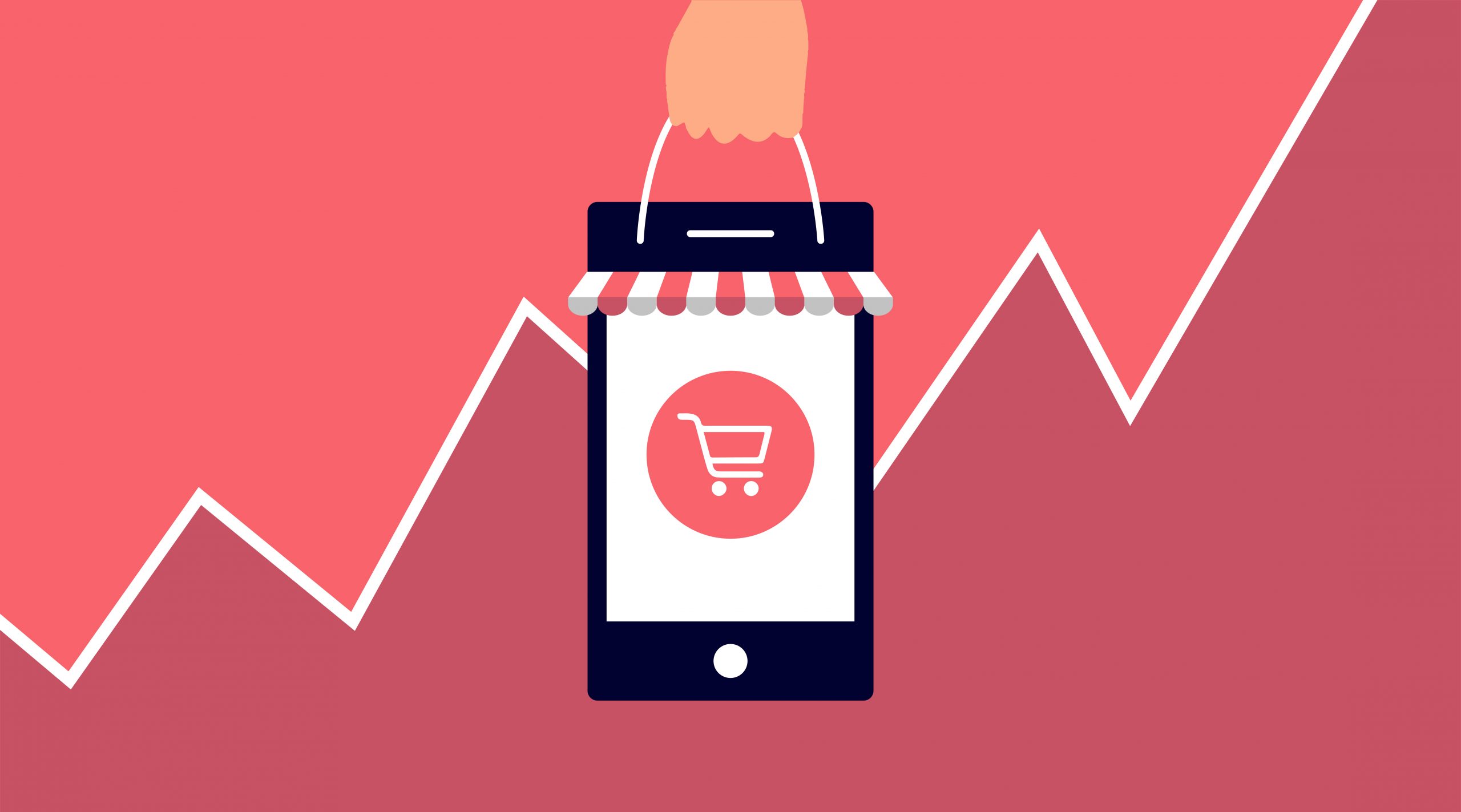Updated on October 6th, 2022
During the height of the COVID-19 pandemic, consumers were forced to shift their spending online. Now, even as federal, state, and local governments are lifting COVID-related restrictions, most consumers are still not planning to return to their old ways of shopping.
In fact, 85% of consumers indicated they will maintain their online shopping habits post-pandemic, according to a survey from the Alvarez & Marsal Consumer and Retail Group.
Many of these consumers are shopping on eCommerce marketplaces, such as those operated by eBay, Amazon, and Expedia. And this shift in consumer spending is responsible for the massive online marketplace growth.
The Growth of Online Marketplaces
The marketplace trends in 2022 and beyond have been accelerated by Covid-19. More than 40% of online spending post-pandemic is taking place on eCommerce marketplaces, according to the Wunderman Thompson Commerce’s Future Shopper Report 2021. And by 2025, spending on online marketplaces will surpass spending on eCommerce websites in established retail and travel categories, according to OC&C Strategy Consultants’ Trading Places report.
Consumers are attracted to marketplaces because they offer convenience, choice, and value. And eCommerce marketplaces offer suppliers a large pool of customers as well as such value-added services as fulfillment and payments.
This change in the shopping habits of consumers that has contributed to this marketplace growth has also caused brand owners and retailers to investigate selling on already established marketplaces, such as Amazon or eBay.
In this case, merchants should identify the top marketplaces in their areas and determine how best to optimize for those marketplaces. Every online marketplace is also a search engine that enables consumers to search for and find the products or services that best suit their needs. Marketplace optimization lets sellers’ product listings show in relevant searches, which boosts their chances of selling their goods or services.
To capitalize on the growth of online marketplaces, some merchants are looking at setting up their own marketplaces to help them reach new consumers and new markets, as well as expand their offerings.
However, attracting sellers to eCommerce marketplaces is not an easy proposition. Business owners that aim to build their own marketplaces must identify their target audiences first, then identify the best channels to reach them. And then the operators of these marketplaces must also understand the concerns and interests of potential vendors so they can create the right messaging to recruit the right sellers.
Effectively incorporating new sellers and ensuring their ongoing satisfaction starts with a seamless marketplace onboarding process and includes ongoing customer support and easy website management.
Types of Marketplaces
There are three main types of eCommerce marketplaces: business-to-business (B2C), business-to-consumer (B2C), and peer-to-peer (P2P).
Business-to-Business Marketplaces
A B2B marketplace connects companies (consumers) with other businesses (vendors), such as retailers, wholesalers, or manufacturers, to buy from them. This type of website enables vendors to begin delivering services much faster than if they had to develop their own e-commerce websites or open physical stores. A B2B marketplace helps sellers expand their sales channels and attract new customers.
Examples of popular B2B marketplaces include Amazon Business, Alibaba, DesignRush, Global Sources, and IndiaMART
Business-to-Consumer Marketplaces
A B2C marketplace matches individual consumers with vendors. Large B2C eCommerce marketplaces can be compared with retail stores where consumers can find multiple providers offering a variety of products.
B2C marketplaces are the most popular marketplace model. However, the giants in the space, including Amazon, eBay, and Booking.com, are likely to maintain monopolies in the B2C marketplace for many years. As such, it may be difficult for new entrants in the market to attract millions of consumers because of this high level of competition.
To succeed in the B2C market, eCommerce companies might want to think about creating niche marketplaces that target consumers that have similar needs and preferences.
Peer-to-Peer Marketplaces
Peer-to-peer (P2P) marketplaces (also known as consumer to consumer) provide platforms for individual buyers and sellers to find each other and trade goods and services
P2P marketplaces allow users to be both consumers and service providers, depending on their needs. For example, Meta (formerly Facebook Marketplace) was created to connect consumers online to sell and/or purchase new or used goods and services within their own neighborhoods.
Conclusion
With the fundamental shift in consumer spending habits, there’s never been a better time for businesses to build B2C, B2B, or P2P online marketplaces to reach new customers and sell their products or services.
Online marketplaces enable companies to grow beyond the limitations of their own operations and infrastructure and take their eCommerce businesses in new directions. For example, taking on upcoming channels like social commerce, cannot be ignored anymore. Social commerce currently represents only a small portion of total eCommerce sales, but rapid sales growth in this area presents a prime opportunity for online marketplaces that understand these platforms and their users.
Let’s also not forget that the holidays are fast-approaching and marketplaces need a strategy going into a new kind of holiday season – one that is slower, but steady. Regardless of where consumers are headed next, online marketplaces need to build a best-in-class product data catalog to ensure their eCommerce endeavors are successful today and in the future.

